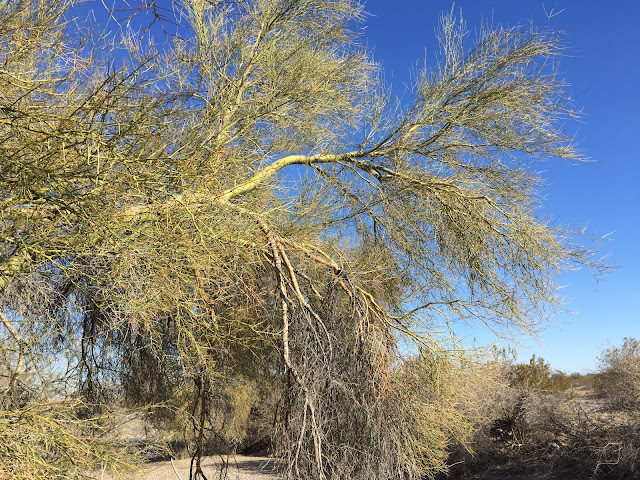Yesterday we got ourselves a real shocker as we filled gas in Quartzsite. $4.59/gal made for a $100 fill, where we used to pay $70 earlier. So our trip home will be of the expensive kind. I have to keep reminding myself that the increase of gas prices is just a minor nuissance, compared to the terrible sufferings of the Ukrainians. Yet, it is the greed of the petro industry which has caused these price spikes.
But while we are here in Quartzsite, let's take a look at the interesting history of this little town.
Tyson's Wells in 1875 was described by Martha Summerhayes, in her book Vanished Arizona:
At all events, whatever Messrs. Hunt and Dudley were doing down there, their ranch (Desert Station) was clean and attractive, which was more than could be said of the place where we stopped the next night, a place called Tysons Wells. We slept in our tent that night, for of all places on the earth a poorly kept ranch in Arizona is the most melancholy and uninviting. It reeks of everything unclean, morally and physically.
But there is still gold in "them thar hills". You just have to go looking for it,
The name of the town used to be Tyson's Wells.
A post office was established as Tyson's Wells in the summer of 1893, but was closed in 1895. In 1896, the post office reopened with the new name of Quartzsite since the postal authorities would not allow a branch to reopen with the same name. A bureaucratic misspelling resulted in an "s" being added to the mineral that was the town's namesake. It is believed that postal officials, being unfamiliar with prospecting and geology, named the town after a site where quartz is found. And so today we know the town as Quartzsite.
The surrounding desert is an unforgiving area in the summer, when temperatures can reach 125F (more than 50C). As mentioned above, the dry La Posa Plain often has strong desert winds throwing up huge clouds of dust. Plants have adapted to this climate and are thorny like the Mesquite Tree. The leaves feel dry, but most are keeping their green color. In order to see flowers starting to bloom, rain needs to fall. Then it won't take long and one can see flowers shooting up many places.Palo Verde Tree Below: Desert Trail







May your journey home be easy and the wind be at your back
ReplyDeleteYour seaward Island awaits you and from her you mustn't slack
As I mentioned to Bea we love the La Posa South LTVA but only tolerate the large crowds when the "Big Tent" is open. We especially enjoy the serenity of the area and meeting new friends. Glad you are enjoying the area.
ReplyDeleteAs you head east you might find Casa Grande of interest as it holds the oldest known structure in North America.
Safe Travels and Enjoy Tombstone.
It's about time.